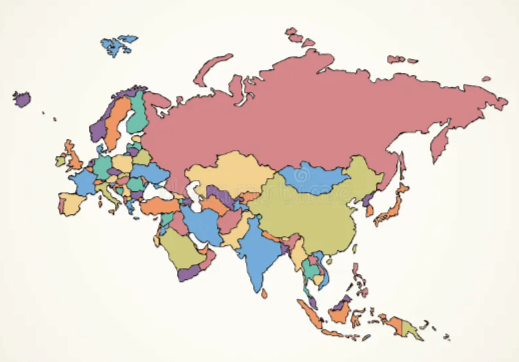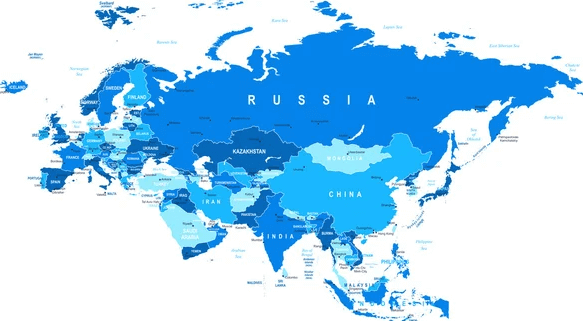Outline:2eirq2dkva0= Eurasia

Outline:2eirq2dkva0= Eurasia landmass, has historically served as a vital nexus for cultural and economic exchanges, shaping both regional and global narratives. This vast expanse is characterized by its intricate tapestry of cultures, languages, and traditions, each contributing to the dynamic interplay of influences that define the region. Furthermore, its geopolitical significance cannot be overstated; as contemporary challenges arise, understanding the historical context of these connections becomes essential. What implications might these factors hold for future stability and cooperation in an increasingly interconnected world?
Historical Overview of Eurasia
Eurasia, the world’s largest landmass, has served as a crucible for diverse civilizations, cultures, and geopolitical dynamics throughout history.
The Silk Road facilitated cultural exchanges among ancient empires, while nomadic tribes shaped migration patterns and historical conflicts.
Religious influences permeated these interactions, fostering linguistic diversity and enriching the tapestry of human experience.
Understanding this interplay is vital for comprehending contemporary global dynamics.
Cultural Diversity and Traditions
The rich tapestry of cultural diversity in this vast region is a direct outcome of its historical interactions and exchanges.
Cultural festivals celebrate indigenous customs, while traditional cuisine reflects local ingredients and practices.
Language variations enrich communication, and folk music embodies shared narratives.
Diverse religious practices and art forms enhance this cultural mosaic, alongside storytelling traditions that preserve histories and foster community connections across Eurasia.
Geopolitical Importance and Influence
At the crossroads of Europe and Asia, the geopolitical significance of this region is underscored by its strategic location and vast resources.
It serves as a nexus for strategic alliances, influencing military dynamics and regional conflicts.
Moreover, the abundance of energy resources and well-developed transportation networks enhances diplomatic relations, positioning Eurasia as a critical player in global geopolitics, fundamental for the pursuit of freedom and stability.
Read Also Outline:2a1viekqmba= Sri Lanka Map

Economic Connections and Trade Routes
Strategic alliances formed within Eurasia not only affect military dynamics but also foster robust economic connections that are vital for regional and global trade.
The revival of the Silk Road underscores the significance of trade agreements, while infrastructure development facilitates the movement of energy resources.
Such interconnectedness enhances economic resilience, promoting freedom through diversified markets and sustainable growth across the diverse cultures and nations within Eurasia.
Conclusion
Outline:2eirq2dkva0= Eurasia stands as a vibrant tapestry woven from the threads of diverse cultures, historical narratives, and economic interconnections. Its historical significance is matched only by its contemporary geopolitical relevance, underscoring its role as a fulcrum of global dynamics. As civilizations continue to intersect across this vast landmass, the potential for sustainable growth and regional stability emerges, inviting nations to recognize that the fates of their peoples are inextricably linked, echoing the age-old adage that solidarity breeds strength.





